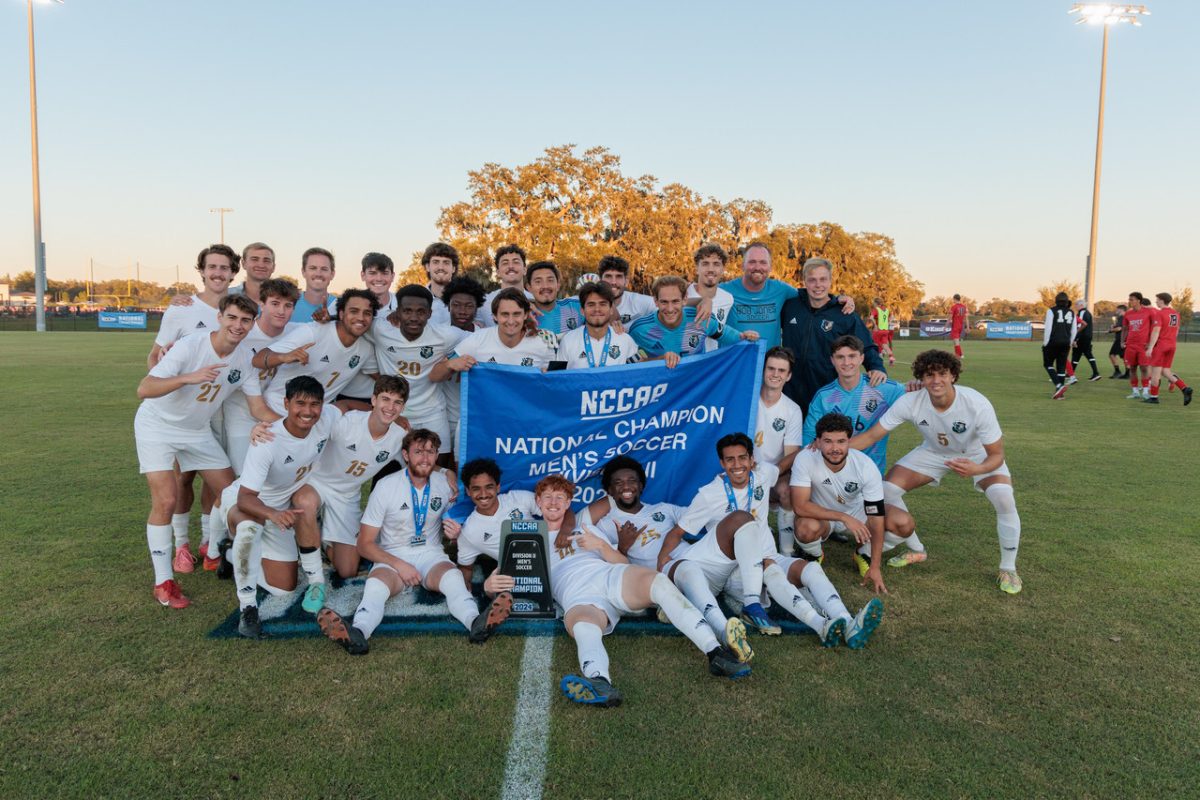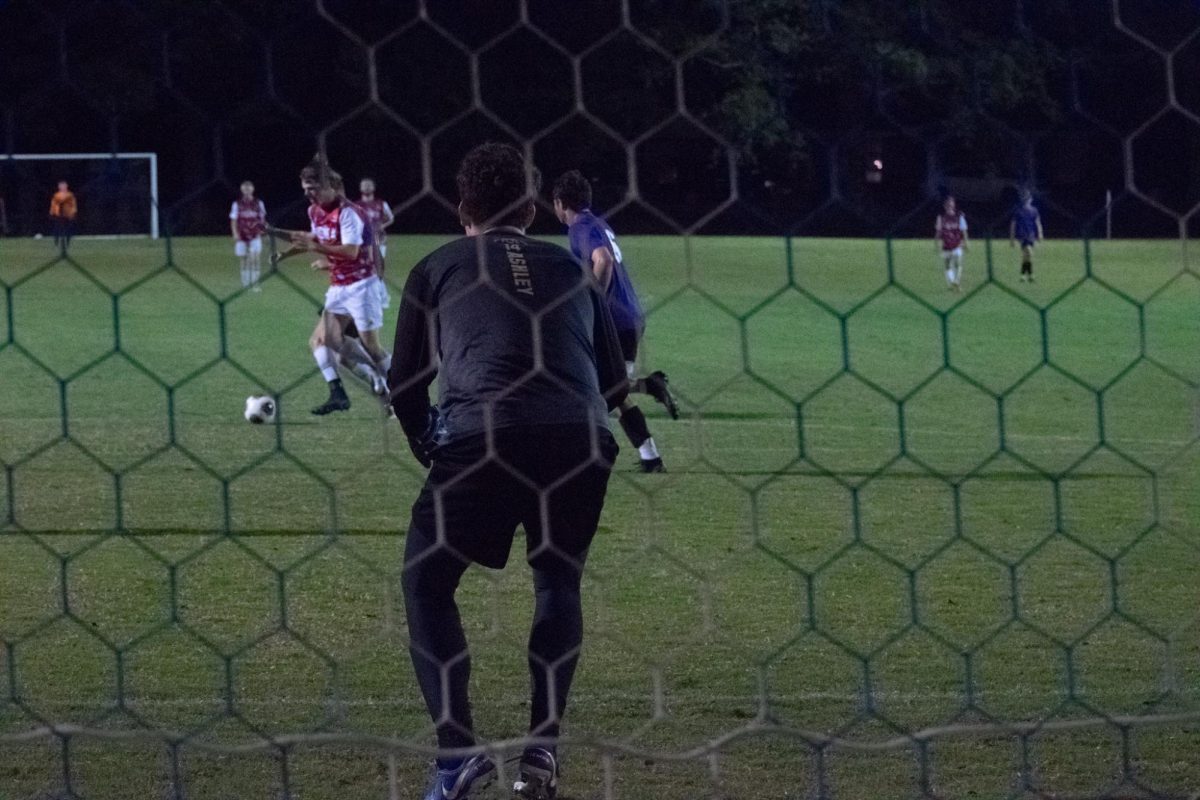It’s that time of year again; millions of basketball fans will be eagerly waiting to see where their teams are placed on Selection Sunday.
In the days following, fans will fill out their March Madness brackets for their chance to win against family, friends and coworkers.
If you’re like me, and this is your favorite time of year, you always wonder what the key is to winning the bracket competition.
There is certainly an element of unpredictability. Last year, No. 15 seeded Mercer upset No. 2 seeded Duke in the first round of the tournament, and suddenly a team that entered with championship hopes was eliminated. Through the years, there have been many “Cinderella” teams who had deep tournament runs. Most of these teams are eliminated in the Sweet Sixteen or Elite Eight, but a few have made the Final Four as well. So if there is so much unpredictability, how do you go about winning your bracket competition?
The truth is that there is no cut-and-dried way to guarantee that you will be successful, but there are some general tips to help you get on the road to success with your bracket.
In the first round, always pick the No. 1 seeds to win. Never in history has a No. 1 seed lost in the first round. For the No. 2 seeds, you can pick one to lose in the first round, but this is highly uncommon and is a bit of a risk. For the rest of the games, find a bracket that includes the teams’ records on it. This is the biggest factor my mom has used over the years, and she always seems to beat my dad and me, who listen to the experts on who to pick for our brackets. By the way, that’s a tip too; don’t listen to the commentators on ESPN too much. They have a few good tips, but in the long run, a lot of their “expert analysis” means nothing when the tournament starts.
Next, always pick a few upsets throughout your bracket. The games between No. 8 and No. 9 seeds are usually the hardest to predict, so pick the teams with the better records in those cases. Also, pick a few upsets in the Nos. 10 to 14 seed ranges — the “big upsets.”
Next, look at conferences. The strongest ones this year are the ACC and the Big Ten. These are the teams likely to make deep tournament championship runs.
Another tip is to always pick at least one top seed team to lose in the Sweet Sixteen or Elite Eight. You should have no more than three No. 1 seeds in the Final Four. Your safest plan is to probably have only two.
Finally, pick a couple of lower seeds for your Final Four, but don’t go any lower than No. 5. Though you could do your own analysis comparing strength of schedules, head-to-head competitions and other stats, in the end it probably won’t be worth it. When the tournament starts, chaos reigns. So do your best, cheer on your team and have fun filling out your 2015 NCAA tournament bracket.






















































